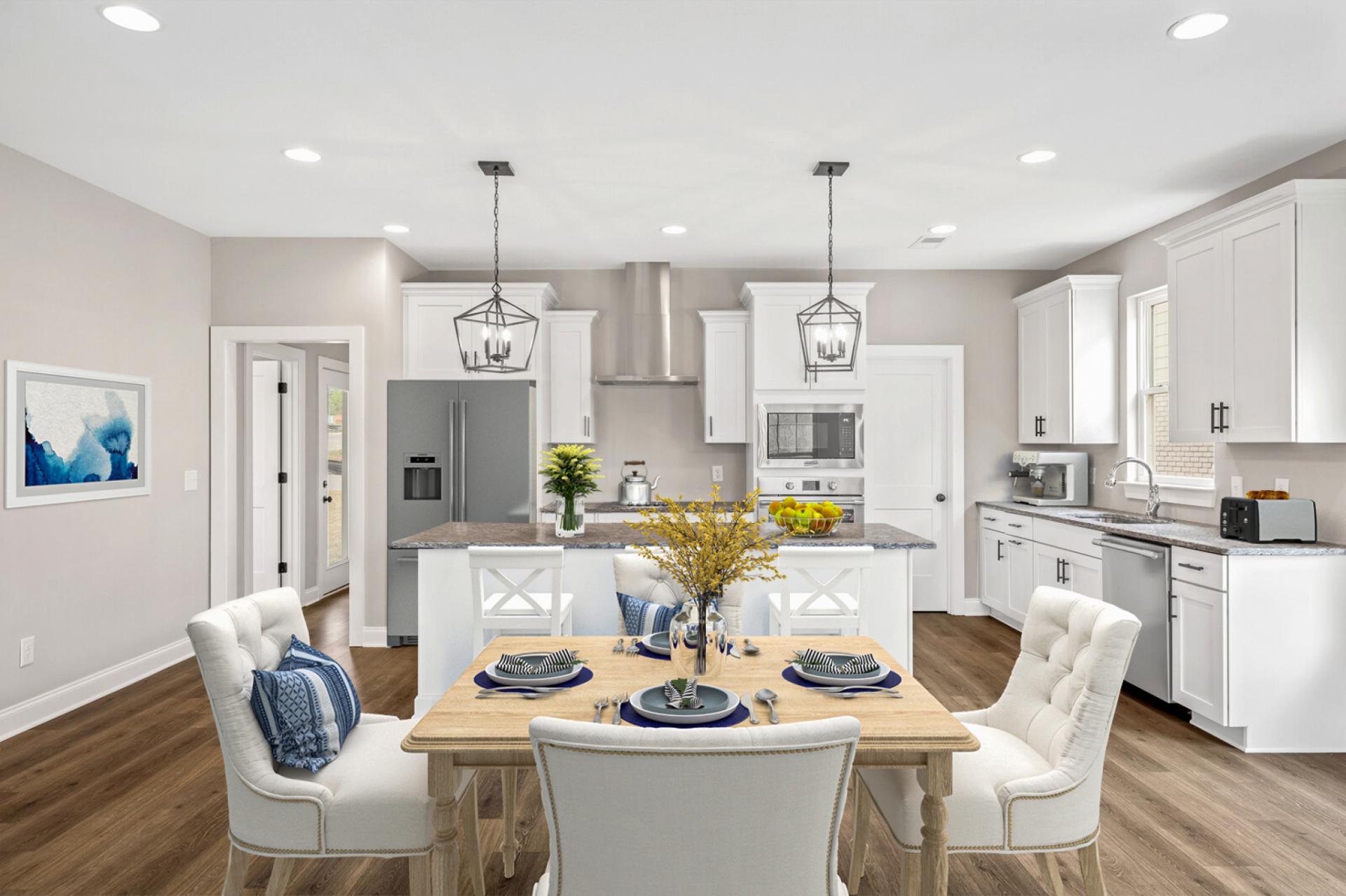
Real Estate Photography: Breaking Down the Basics
In the dynamic world of real estate, first impressions matter, and high-quality photography makes a significant change. To outshine in real estate photography, mastering the essentials is crucial. Start with the right equipment, whether it's a professional camera or the advancements of smartphone cameras, complemented by a sturdy tripod, wide-angle lens, and external flashes. Understanding lighting gradations, favoring natural light during golden hours, and balancing it with artificial light are key to creating inviting images. Decluttering and staging properties before shooting, capturing key features, and using post-processing techniques, including HDR, elevate the overall quality.
Additionally, explore innovative tools like virtual staging for a realistic depiction of the property’s potential. Incorporating aerial perspectives with drones and maintaining professionalism and consistency in style, equipment, and communication with clients ensure a strong portfolio and positive client relationships in the competitive real estate market. In this comprehensive blog, we'll break down the basics of real estate photography, equipping you with the knowledge and skills needed to capture properties in their best light.
Equipment Essentials – For Real Estate Photography
The foundation of great real estate photography starts with the right equipment. While professional cameras deliver optimal results, advancements in smartphone cameras allow for impressive shots. Invest in a sturdy tripod to ensure stability, a wide-angle lens to capture expansive spaces, and external flashes to control lighting in various settings. A drone may also be valuable for aerial shots, providing a unique perspective of larger properties.
Understanding Lighting
Lighting is a crucial element in real estate photography. Natural light is often preferred, so schedule shoots during the golden hours—early morning or late afternoon—when the sunlight is soft and warm. If shooting interiors, turn on all available lights and strategically use external flashes to fill in shadows. Balancing natural and artificial light is key to creating well-lit and inviting images.
Focus on Composition
Thoughtful composition is the hallmark of compelling real estate photographs. Use the rule of thirds to position key elements, such as the property's façade or prominent features, at intersection points. Maintain a level horizon, especially for exterior shots, and consider the angles that highlight the property's best features. Experiment with different perspectives to find the most visually appealing compositions.
Declutter and Stage
Before photographing a property, ensure it's decluttered and well-staged. Remove personal items, excessive furniture, and unnecessary decor to create a clean and spacious look. Staging helps potential buyers visualize themselves in the space and emphasizes the property's potential. Pay attention to details, such as neatly arranged furniture and tasteful decor, to create inviting visuals.
Capture Key Features
Highlight the unique selling points of the property by capturing its key features, such as architectural details, stunning views, or well-designed interiors. For exterior shots, emphasize curb appeal, landscaping, and outdoor living spaces. Tailor your shots to tell a compelling visual story that resonates with potential buyers.
Post-Processing Techniques
Post-processing is a crucial step in enhancing real estate photos. Use editing software to adjust exposure, color balance, and sharpness. Correct lens distortions, straighten verticals and eliminate unwanted elements. HDR (High Dynamic Range) processing can be effective for balancing exposures in different areas of an image, ensuring that both interiors and exteriors are well-exposed.
Virtual Staging and Augmented Reality
Virtual staging and augmented reality are innovative tools in the realm of real estate photography. Virtual staging allows for the addition of furniture and decor to vacant spaces, providing a realistic depiction of the property's potential. Augmented reality apps enable potential buyers to visualize furniture and design changes in real time through their smartphones.
Aerial Photography with Drones
Drones have revolutionized real estate photography by offering stunning aerial perspectives. Capture appealing images of expansive properties, scenic views, and neighborhood amenities. Ensure compliance with local regulations when using drones and focus on showing the property's surroundings and proximity to key landmarks.
Professionalism and Consistency
Consistency is key to building a strong real estate photography portfolio. Establish a cohesive style and maintain a level of professionalism in all your work. Use the same equipment, maintain consistent lighting techniques, and adhere to a standardized editing process. A consistent and polished portfolio builds trust with clients and establishes your brand in the competitive real estate market.
Effective Communication with Clients
Communication with clients is paramount in real estate photography. Understand their goals, preferences, and the unique selling points of the property. Keep clients informed about the photo shoot schedule, share sample images during the editing process, and be open to feedback. Building strong relationships with real estate agents, homeowners, and property developers contributes to repeat business and positive referrals.
Final Thoughts
Overall, mastering the basics of real estate photography is a journey that requires a blend of technical skills, artistic vision, and effective communication. Explore homes like never before with immersive 3D virtual house tours, providing a detailed walkthrough of properties from the comfort of your screen. Elevate your property listings with captivating visuals using real estate drone photography, offering breathtaking aerial views that display the unique features and surroundings of each home.
For those seeking assistance in buying real estate in Spring Hill, TN, there's no better choice than 360 Nash. With a commitment to providing top-notch service and a deep understanding of the local real estate market, 360 Nash stands out as a reliable partner

